What DSLR camera should you buy for Christmas?
What DSLR camera should you get for Christmas?
Christmas is only ten days away (can you believe it?!) and I’m starting get a lot of people asking what type of camera I would recommend to take great pictures. I thought I’d take a few minutes and offer some tips to those of you thinking of making the splurge and buying your first DSLR for Christmas.
The first thing I recommend is you ask the following question; what are you going to be using the camera to take pictures of? Do you want to capture beautiful landscapes? Pictures of your children playing sports, or just playing around the house? Maybe you want to try some close up shots of flowers, or some head shots for your business? Maybe the answer is simply ‘Yes!’ and you’re looking for a camera that can do it all! Regardless, once you figure that how the camera will be used you can start shopping.
One of the biggest misconceptions I’ve encountered over the years is people think the key to a great picture lies in the camera. In reality, the lens is often more important than the actual camera body. When I first bought my camera I was so excited because I thought I would instantly get beautiful portraits with that pretty, blurred background like the image you see below. (That blurred background is called ‘bokeh’ by the way.) When I started taking pictures I noticed that the background wasn’t blurred at all! I couldn’t figure out what I was doing wrong and started to get really frustrated. After a lot of research, I found it is the lens that helps you achieve that blurred background, not the actual camera body. I had purchased the Nikon D5100 which came with the 18-55 3.5-5.6f “kit” lens. That lens is great for capturing landscapes but it is very challenging to capture beautiful portraits because the aperture only goes down to 3.5.
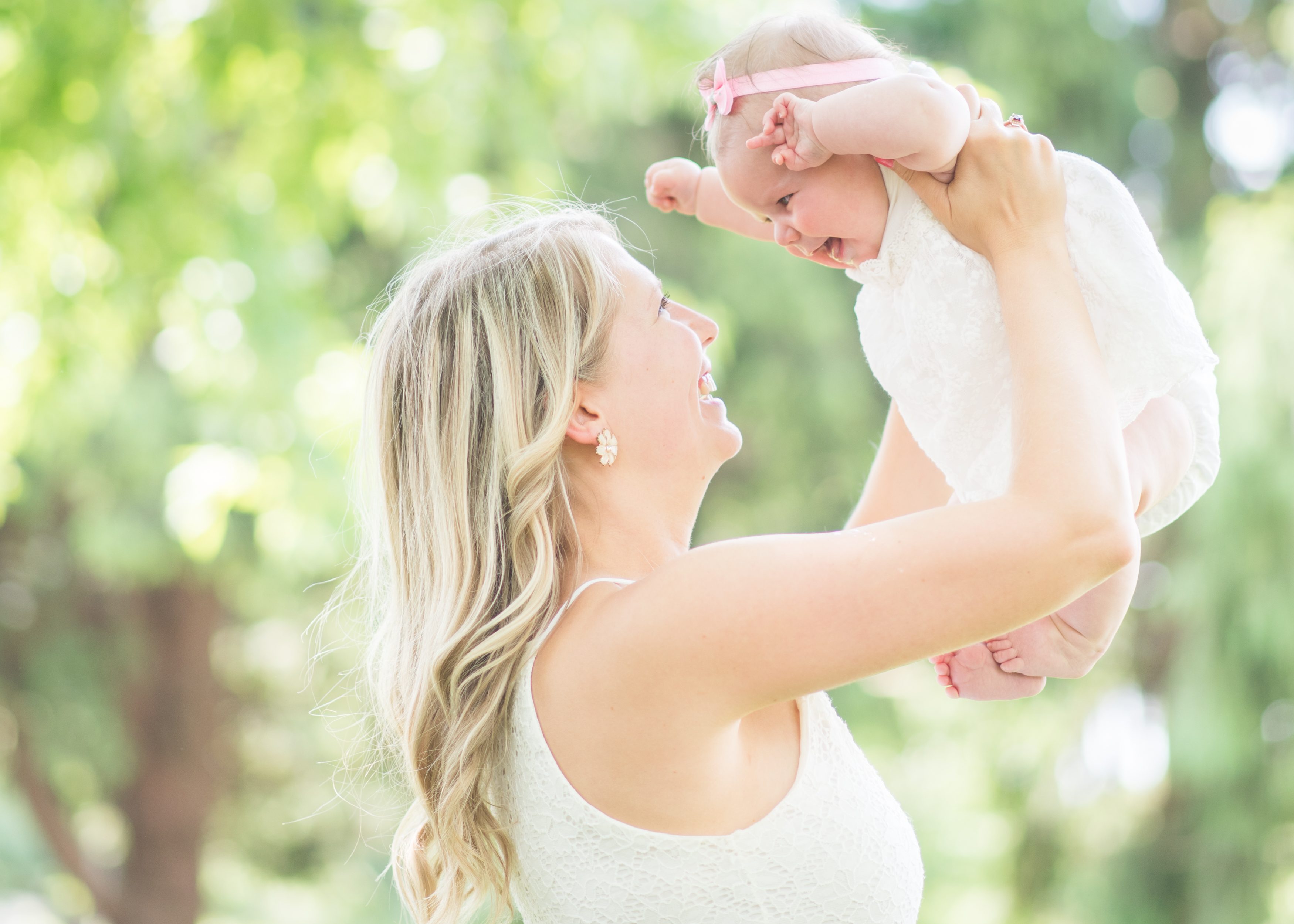
Let’s hit pause and talk a little more about bokeh (aka blurred background) and how it relates to aperture. The aperture controls how much light is allowed into a camera. The lower the aperture number, the more light let in, the more the background can be blurred. As a result, portrait photographers love what’s known as a prime lens because the apertures can go down to 1.8, 1.4, and occasionally as low as 1.2 (if you shoot Canon and are willing to shell out over $1k). The downside of a prime lens is they don’t zoom, so you’re the one having to move yourself to get closer or further from your subject.
The bokeh is also affected by the focal length of your lens. Focal length is how zoomed in or out your lens is. So, the more zoomed your lens is on a subject, the more blurred the background will be. When I travel, I often take my 24-300 lens with me. The aperture only goes as low as 5.6 when it’s all the way zoomed in. However, because it zooms all the way to 300 it means that at 300mm I can still create images with a beautiful blurred background like you see in the portrait below that Brent took in Colorado.
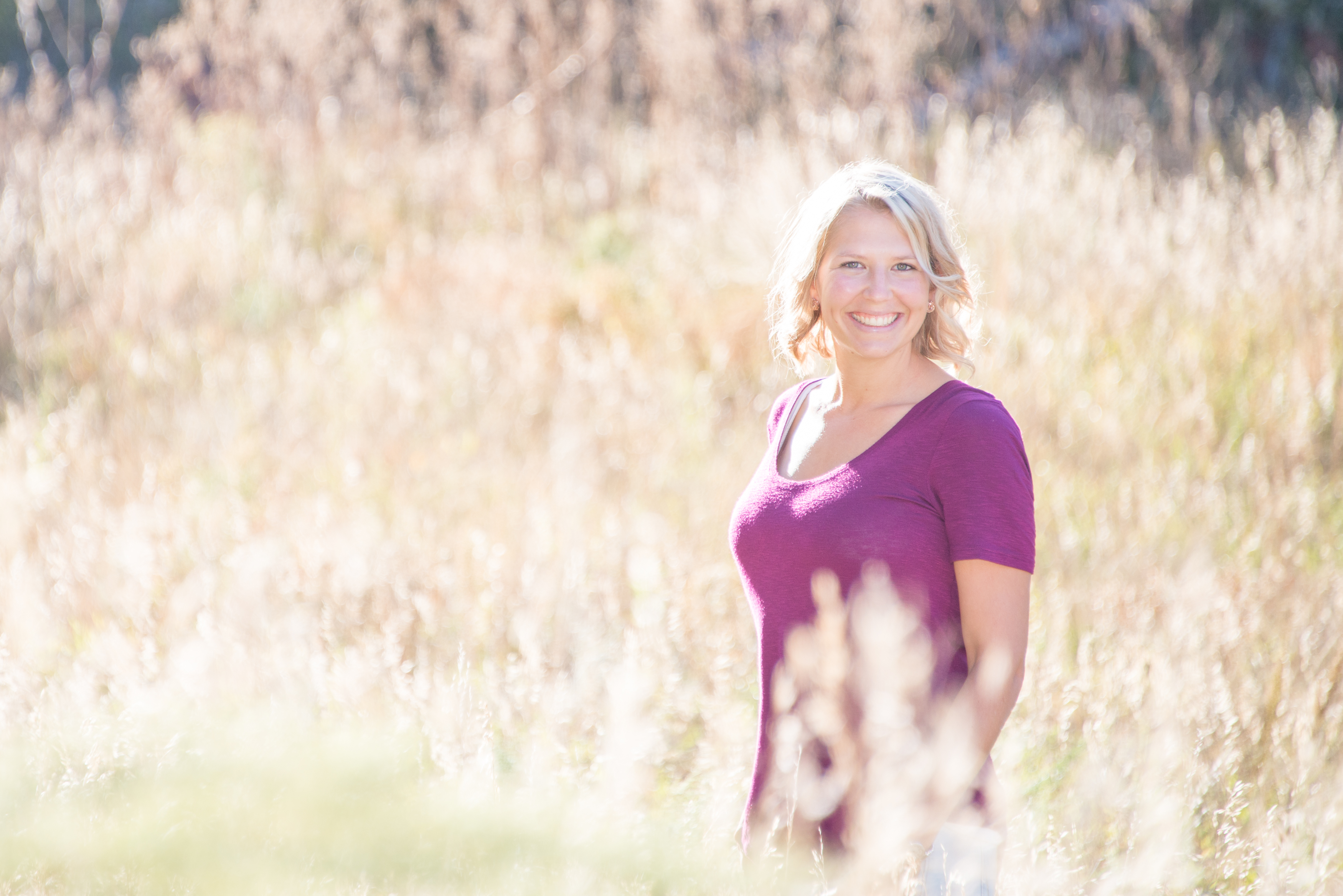
Now that we’re all bokeh experts, let’s go back to my original dilemma. My kit lens only had the capability to go down to an aperture of 3.5 and could only zoom in to 55mm. Even all the way zoomed in at 55mm it still did not have a large enough focal length to create much of a blurred background. When I realized this, I was pretty disheartened because I had primarily bought my camera to capture portraits. Thankfully, I had received some extra Christmas money from my grandparents so I quickly went out and bought the Nikkor 50mm f1.8G lens. This lens is one of the most popular with new photographers for three reasons: first it has a low aperture so you can create images with a nice blurred background. Second, it has a wide enough focal length that it’s easy to shoot in tight spots. The best part about this lens? It’s really cheap! (Well, cheap for a DSLR lens) You can get it new for around $215 but I would recommend going refurbished and saving even more money. I buy almost all of my cameras and lenses certified refurbished because camera equipment is pricey! Now, to be honest, I don’t love this lens. My favorite portrait lens is the 85mm 1.8 because it is more zoomed in so has prettier bokeh. Unfortunately, that lens is going to run you $500 and at times is too zoomed in to grab tight shots around the house.
Enough bokeh for one day. You’re still asking, ‘What camera should I buy if I’m getting my first DSLR??’
Here are my suggestions:
- Buy Nikon or Canon (or Sony as a third option) Nikon and Canon are all anyone talks about for good reason – they’re the best. Sony is making some really impressive cameras lately so they are a good camera to consider if you’re on a budget.
- Do not buy the huge bundles that come with tons of extra batteries, filters, memory cards, tripods, etc. Most of the extras are crap – especially the filters – and you end up wasting money in the process
- If you want to capture beautiful portraits, I recommend you commit to the 50mm 1.8 and subtract the cost from your overall budget. Buy the best camera that will fit in your remaining budget because the lens is what you’re really after. For example, if your budget is $800 it’s better to spend $200 on the 50mm lens and $600 on the Nikon D5300 then spend $800 on the D7200. The D7200 may be a better camera, but the D5300 is still great and with that 50mm lens your images will look better than the D7200 with the kit lens that is included with it.
- Decide how much time you’re actually going to invest in learning how to use your camera. Will you truly spend the time to take classes online, read the manual, watch videos, etc. to learn how to shoot in manual mode? If not, and you know you will likely always photograph in auto, then it’s possible you don’t even need a full blown DSLR. There are a ton of cameras out there that have great image quality and are a lot more affordable.
- If you’re choosing Nikon: opt for the d5500 over the d5600. The difference between the two cameras is pretty negligible and you’ll save yourself some money. If your budget is even tighter, there’s nothing wrong with the d3400 which retails for $400.
- If you have no prior photography experience, don’t go out and buy a full frame, FX camera that will cost you at least $1500. Start with a cheaper camera and then if a year or two down the road you decide you want to be more than a hobbyist you can look into purchasing a professional grade camera.
- When purchasing a Nikon they often come with the option to purchase one or two kit lenses. They almost all come with the 18 – 55 lens but you can also add the 55-200 lens for an additional cost. I never purchased that lens because I didn’t have a huge need for it. If you have kids who play sports and you want to get great pictures of them zoomed in, then I would recommend considering this lens as 55mm is really not zoomed in at all. You can then always play around with get that nice bokeh by zooming in to 200mm.
- I don’t shoot Canon so I can’t recommend any specific cameras, but like Nikon it’s hard to go wrong with a Canon. Canon also has their own version of the 50mm 1.8 lens and you can purchase it for only $125!
Accessories:
I strongly recommend you leave some room in your total budget for the following accessories:
- A memory card: I recommend getting one that is around 32-64GB. SanDisk is a great brand. I’d recommend this for around the house shooting, and this if you plan on doing a lot of sport photography where you’re shooting tons of images at a fast pace.
- A new camera strap. I hate the strap that is included and goes around the neck. It’s uncomfortable and hurts your neck after awhile. Definitely invest in one of the cross body straps like this one: Just make sure to read the reviews, I bought a cheap camera strap initially and my camera ended up coming unscrewed and falling to the ground! That cheap strap ended up costing around $300! Now I exclusively use BlackRapid, which are more expensive but known to be excellent.
A few final thoughts:
If you’re spending the money on a camera, please invest some time in educating yourself on how to use it! It’s so sad when I hear people say they own a wonderful DSLR camera but only shoot in auto. That’s like owning a supercharged sports car and never taking it out of first gear! There are a number of classes you can purchase online to teach you about your camera. I will also be offering a few live photography classes in early February to teach the basics of your camera and how to shoot in manual mode! I took a class a few weeks after purchasing my first camera and it was literally the best money I ever spent.
I hope this article was helpful to all those considering a camera purchase. Happy shopping and Merry Christmas!! If anyone makes a purchase, post your favorite pic in the comments and let us know how it’s going!
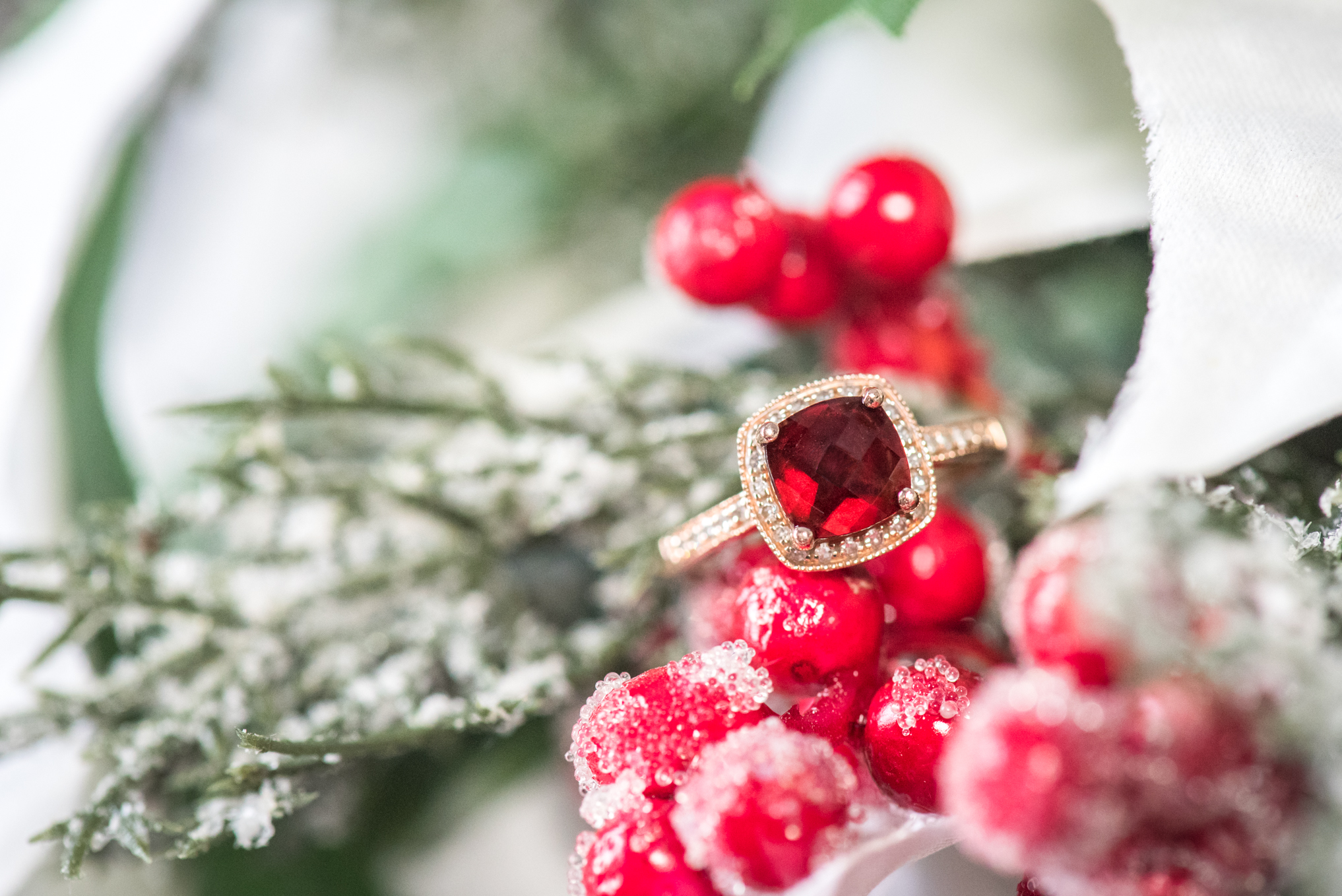
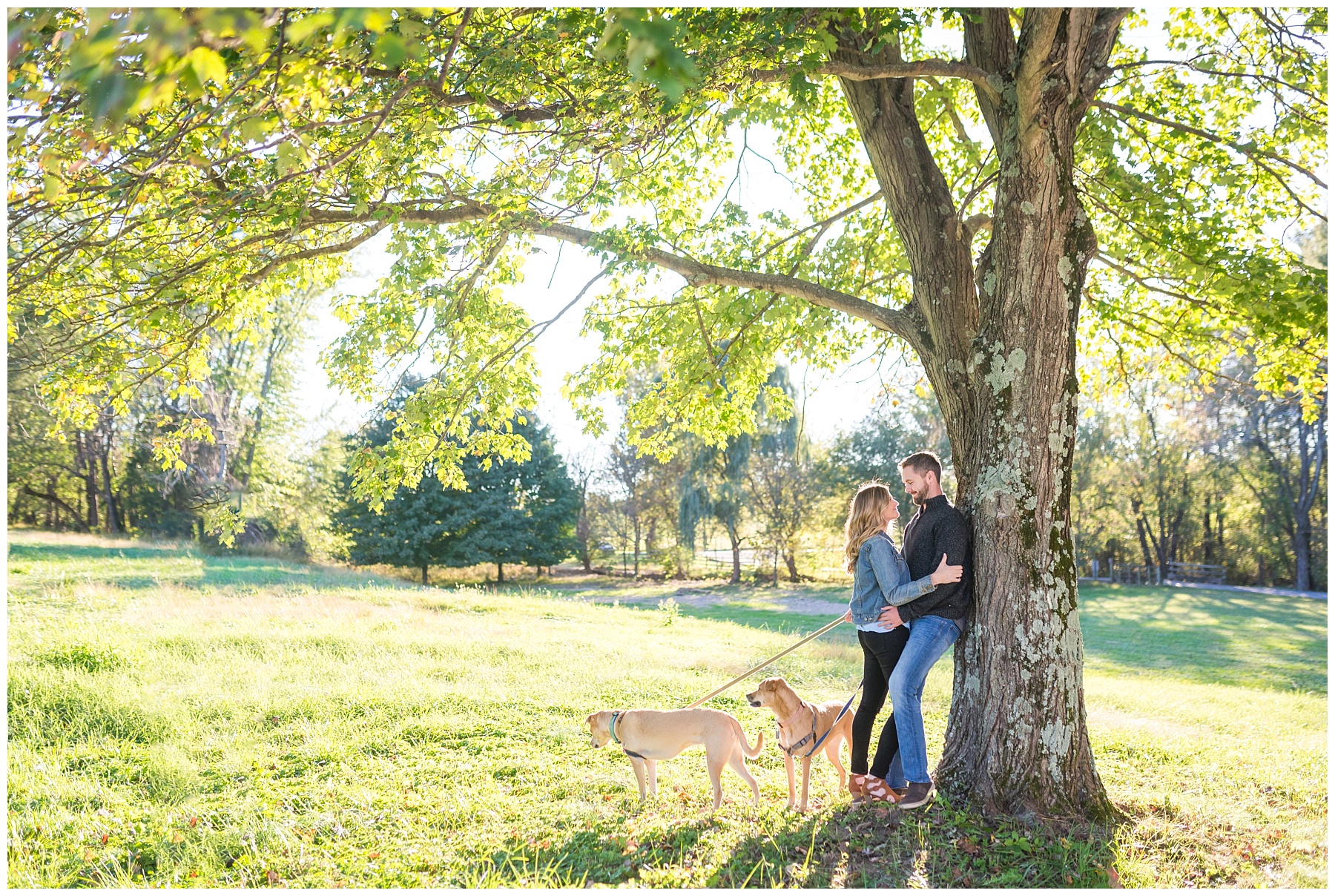
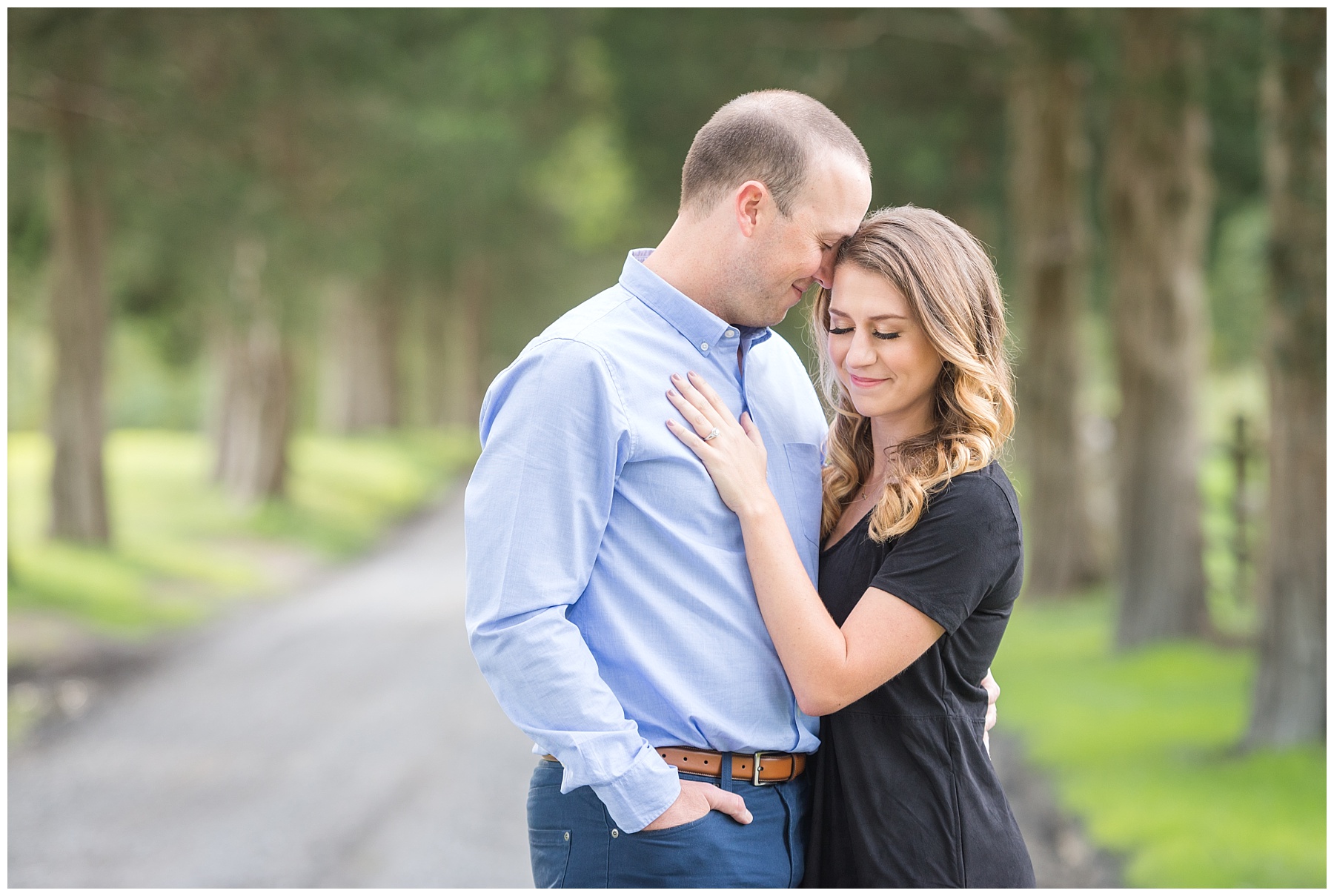
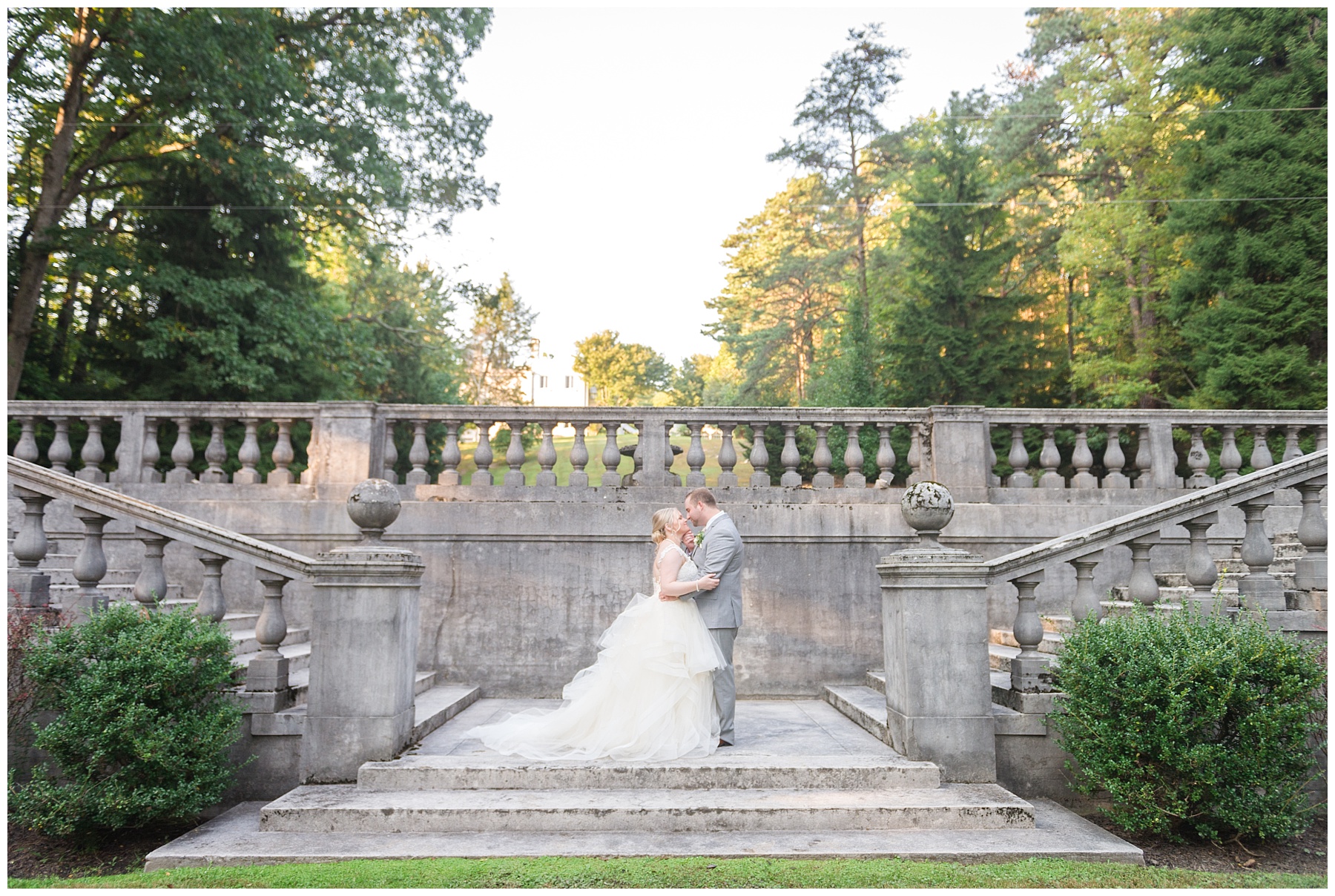
Be the first to comment